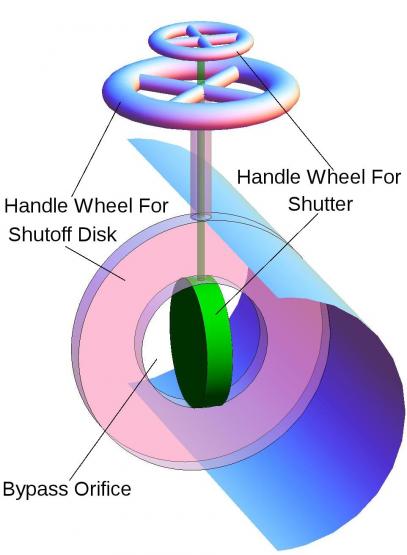Emergency Shutdown Valve with Bypass Features
Overview
A common and major problem associated with the testing of emergency shutdown valves is the very stoppage of flow that the valves are designed to produce. While it is obviously required that an emergency shutdown valve stop a flow of material in a true emergency shutdown situation, testing often occurs when a facility would be otherwise operating normally. Because testing of emergency shutdown valves occurs when a facility would otherwise be operating normally, testing often results in the loss of valuable production time. Because emergency shutdown valves are often present in large-scale industrial manufacturing processes, this lost production may be associated with significant lost revenue.
A researcher at Ohio University has developed emergency shutdown valves capable of operating in a second mode that is not possible with known emergency shutdown valves. In the second mode of operation, the bypass feature is employed that allows a flow of material to pass through the valve while the valve is otherwise in a fully closed position.
Commercial Application
This technology has various potential processes requiring a continuous flow of liquids or gas such as a oil/gas industry, chemical/pharmaceutical companies, electricity generating facilities, etc.
Benefits
- Emergency shutdown valves can be tested without interrupting industrial processes which leads to production cost savings
- Modifications can be implemented using existing valve manufacturing facilities
OU Ref: 12017 View PDF
Issued Patent: US 10,550,945
About the Inventor
Dr. Azamat Orazbayev conceived of this invention as a graduate student while pursuing a Ph.D. in Physics at Ohio University.
